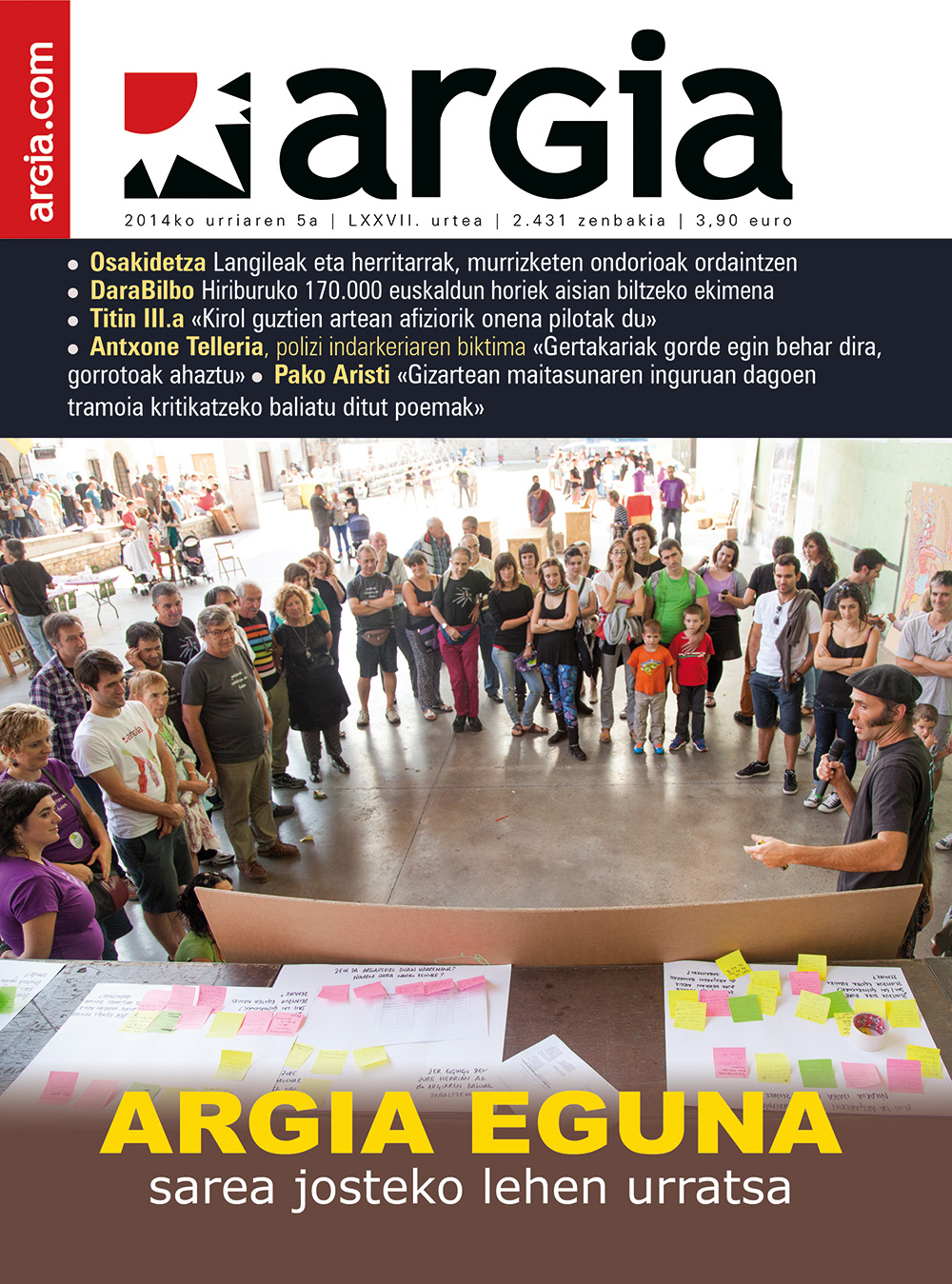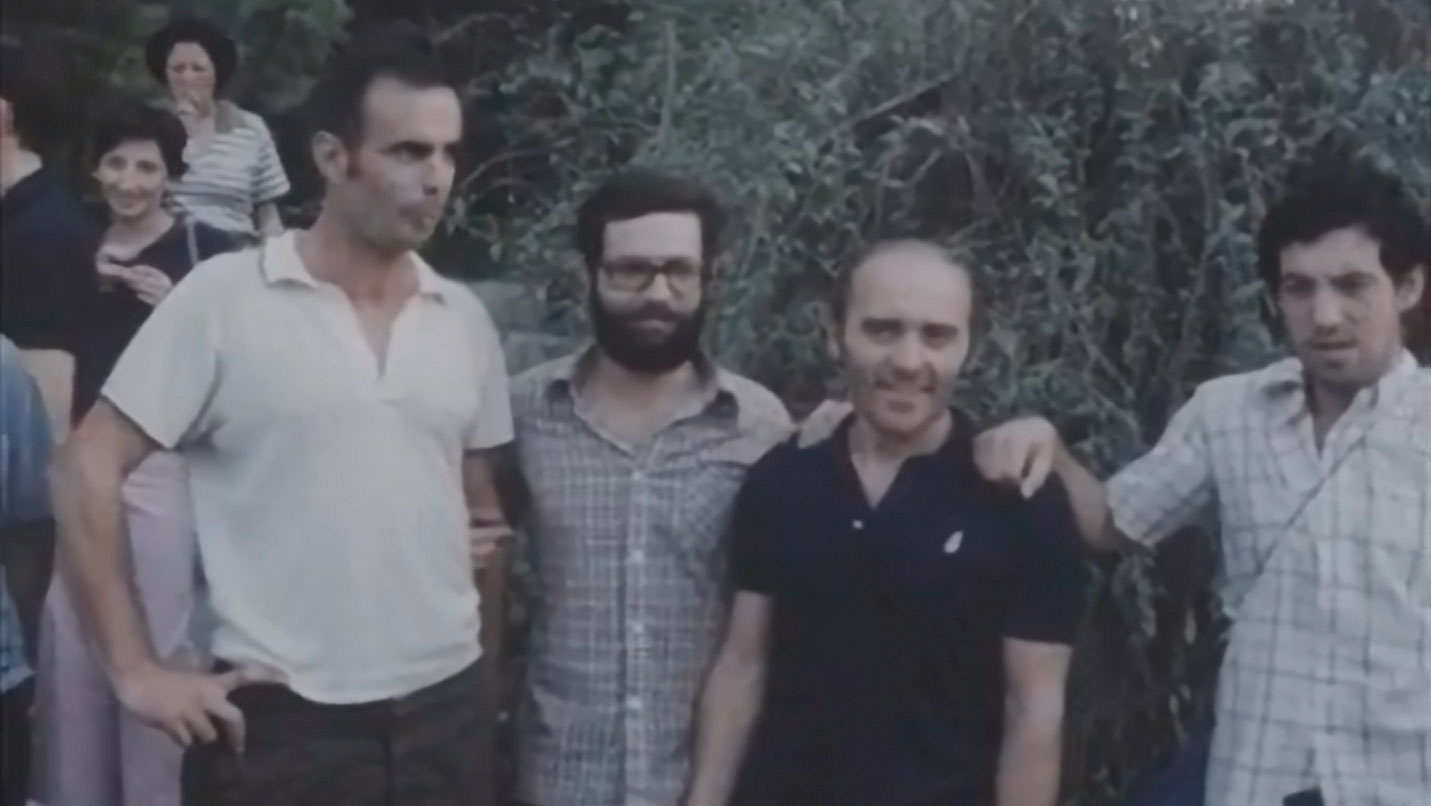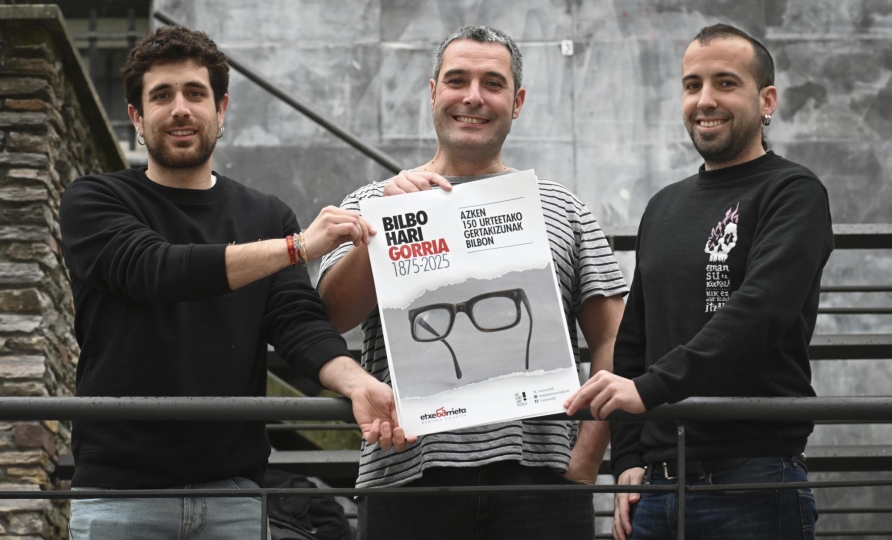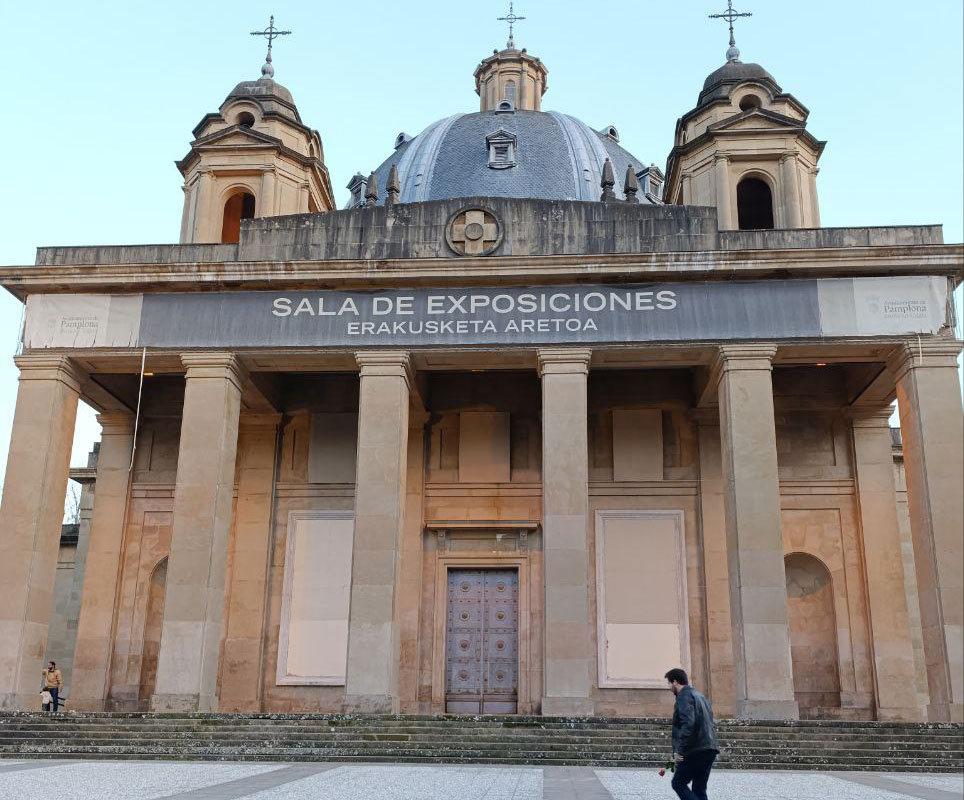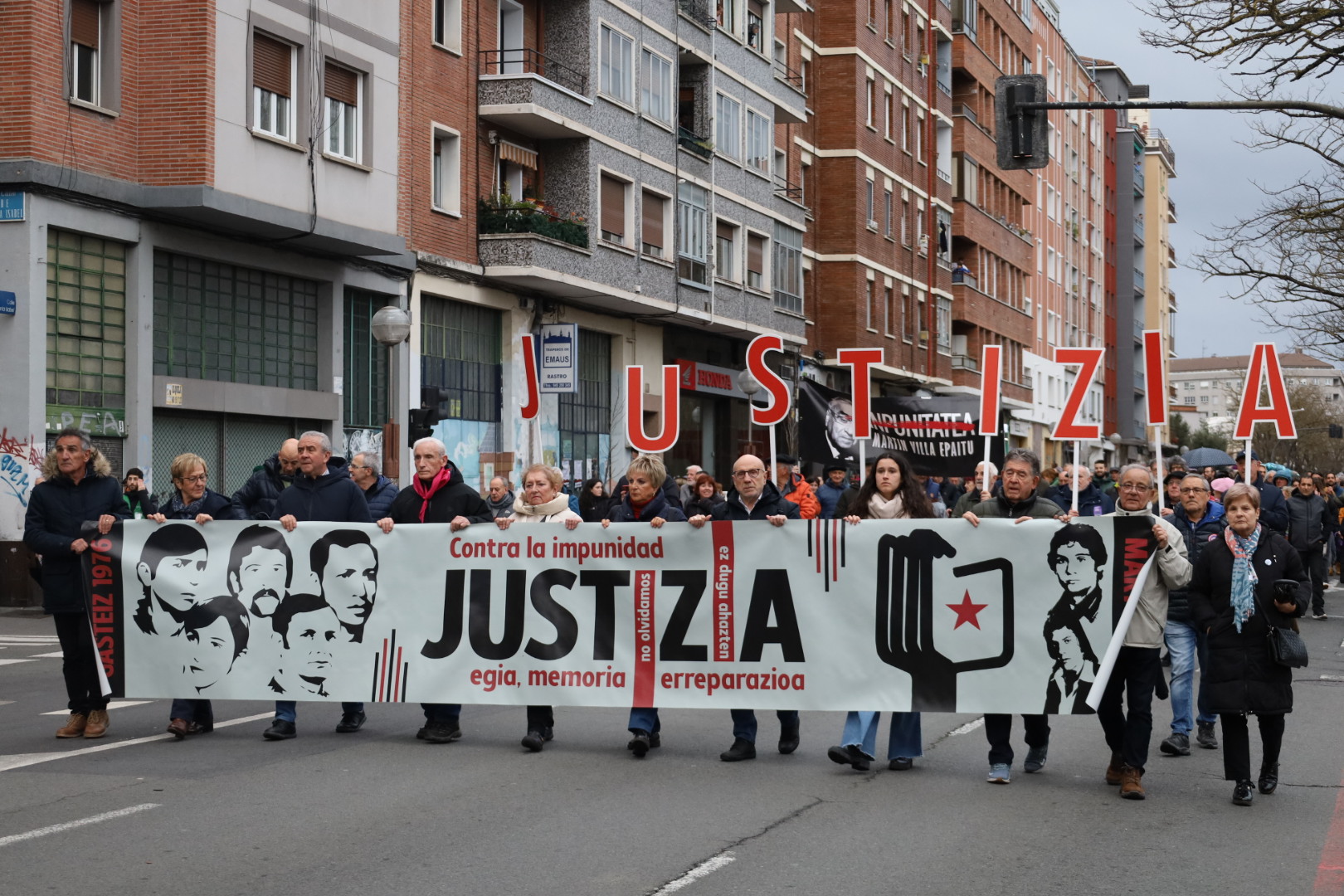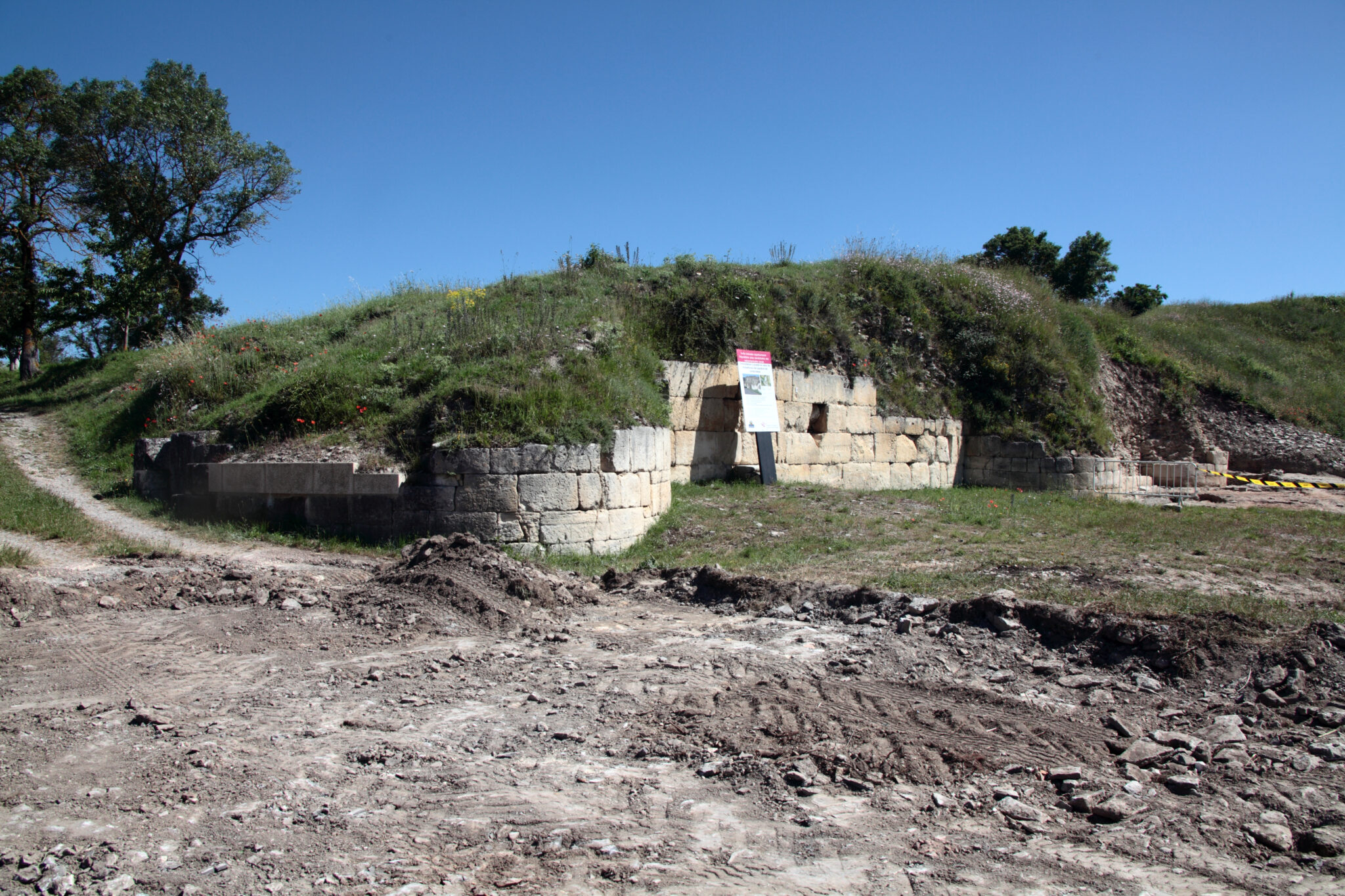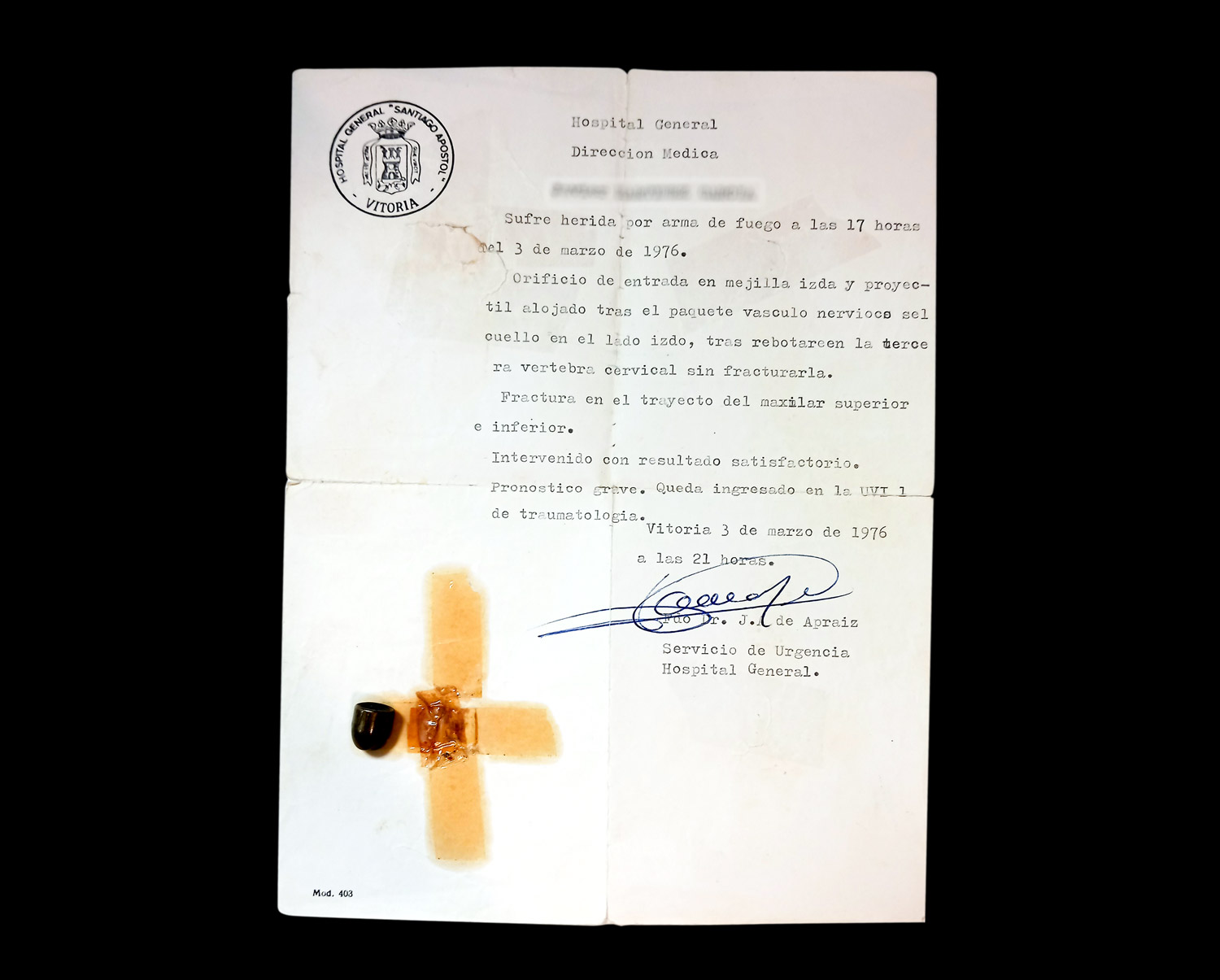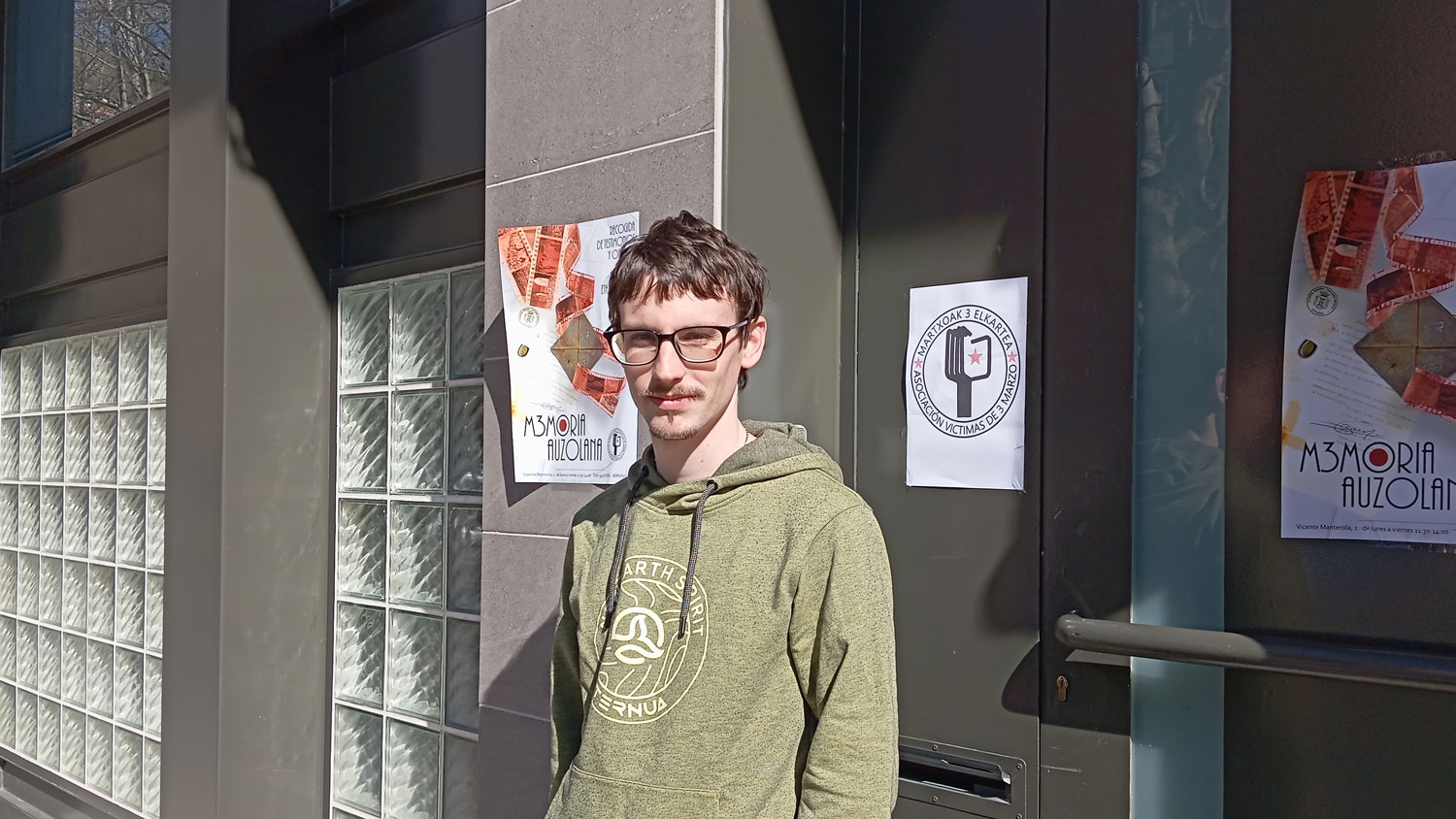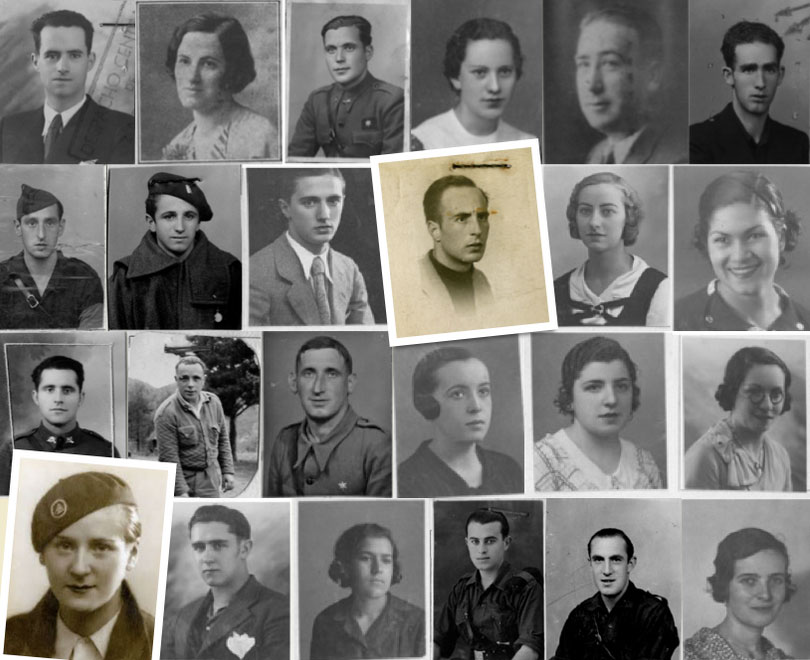Chicago besoen indarrez jaso zuten
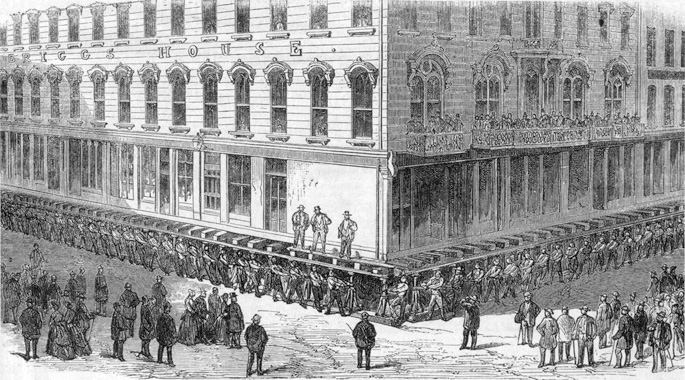
Chicago (AEB), 1854. Kolera izurri bortitzak gogor astindu zuen hiria, nagusiki ur geldi osasungaitzaren erruz. Mende hasieran ezarri ziren lehen kolono frantziarrak Michigan lakuaren ertzean, Des Plaines eta Chicago ibaien artean (hortik hartu zuten hiriaren izena). Handik 30 bat urtera burdinbidea iritsi zen bertara, eta etorkizun oparoaren usainak erakarrita, biztanle kopurua izugarri hazi zen urte gutxian. Kolera iristerako 100.000 biztanle zituen Chicagok. Etxebizitzak neurri eta kontrolik gabe eraiki zituzten. Planifikaziorik gabe, lakuarekiko garaiera alderik ez izateak zekartzan arazoak aurreikusi gabe, hiria lohiak hartu zuen hasieran; izurriek, gero.
Kolerak eragindako triskantzaren ondoren, Ellis S. Chesbrough ingeniariak Bostondik Chicagora bidaiatu zuen, hiriak behar zuen estolda eta isurbide sistema diseinatzeko. Baina lakuaren mailarekiko alderik ezean, ia ezinezkoa zen azpiegitura hura jasotzea. Estolderiak hiri azpian egon behar zuen eta, ondorioz, kaleen eta eraikinen maila jaso behar zen. Une horretan bi irtenbide bururatu zitzaizkien: bata, eraikin guztiak bota eta estolderia instalatu ondoren berriro eraikitzea; bestea, aurrez eraikitako bloke gehienak pare bat metro altxatzea.
Eta hiriko arduradunek bigarren aukeraren alde egin zuten, harrigarria badirudi ere. Ideia zentzugabea zirudiena gauzatzea lortu zuten herritar askoren ahalegina lagun eta, besteak beste, George Mortimer Pullmanen (1831-1897) ekarpenari esker. Pullman gazteak hilkutxa enpresa bat zuen orduan, baina haren aitak Erie lakuaren uholdeetan eraikinak mugitzeko teknika bat erabili zuen urte batzuk lehenago, eta sistema hura ezinbestekoa izan zen hiria altxatzeko proiektu eroak arrakasta izan zezan. Gerora, Pullman are ezagunago egin zen ohe-bagoia asmatu zuelako, Pullman izeneko hiria sortu zuelako bere langileentzat, eta langile horiek greba entzutetsua egin zutelako nagusi megalomanoaren aurka.
Jasotako lehen eraikinak 750 tonako pisua zuen. Pultsuan jaso zuten lurretik 1’88 metrora, soilik 200 katu mekaniko eta ehunka langileren indarra erabiliz. Eraikinik handienak altxatzeko katu hidraulikoak lortu arren, ia hiri guztia mekanikoekin jaso zuten. Eta behin jasota, zergatik ez batetik bestera mugitu? Zenbait etxejabek kokapen hobea lortzeko baliatu zuten ahalegina; eraikinak enborren gainean errestan eramaten zituzten batetik bestera.
Urtetako ahalegin ikaragarriari esker, proiektu erraldoia gauzatu eta Chicagok aintzirako ur mailarekiko beharrezko gorabehera eta estolda sistema egokia lortu zituen, azkenean. Baina 1871n sute batek hiria suntsitu zuen. Kontu handiz eta banan-banan metro pare bat jasotako ia eraikin guztiak jan zituen suak. Orduan, hutsetik astea beste erremediorik ez zuten izan.
Hiru bideo dira (albiste barruan ikusgai). Batak jasotzen du, grebak antolatzea leporatuta, Carabanchelen espetxeratu zituzten Jesús Fernandez Naves, Imanol Olabarria eta Juanjo San Sebastián langileak espetxetik atera ziren unea, 1976ko abuztuan. Beste biak Martxoak... [+]
Otsailean bost urte bete dira Iruña-Veleiako epaiketatik, baina oraindik hainbat pasarte ezezagunak dira.
11 urteko gurutze-bidea. Arabako Foru Aldundiak (AFA) kereila jarri zuenetik epaiketa burutzera 11 urte luze pasa ziren. Luzatzen den justizia ez dela justizia, dio... [+]
Bilbo Hari Gorria dinamikarekin ekarriko ditu gurera azken 150 urteetako Bilboko efemerideak Etxebarrieta Memoria Elkarteak. Iker Egiraun kideak xehetasunak eskaini dizkigu.
33/2013 Foru Legeari Xedapen gehigarri bat gehitu zaio datozen aldaketak gauzatu ahal izateko, eta horren bidez ahalbidetzen da “erregimen frankistaren garaipenaren gorespenezkoak gertatzen diren zati sinbolikoak erretiratzea eta kupularen barnealdeko margolanak... [+]
79. urtean, Vesubio sumendiaren erupzioak errautsez eta arrokaz estali zituen Ponpeia eta Herkulano hiriak eta hango biztanleak. Aurkikuntza arkeologiko ugari egin dira hondakinetan; tartean, 2018an, gorpuzki batzuk aztertu zituzten berriro, eta ikusi zuten gizon baten garuna... [+]
Luxorren, Erregeen Haranetik gertu, hilobi garrantzitsu baten sarrera eta pasabide nagusia aurkitu zituzten 2022an. Orain, alabastrozko objektu batean Tutmosis II.aren kartutxoa topatu dute (irudian). Horrek esan nahi du hilobi hori XVIII. dinastiako faraoiarena... [+]
AEB, 1900eko azaroaren 6a. William McKinley (1843-1901) bigarrenez aukeratu zuten AEBetako presidente. Berriki, Donald Trump ere bigarrenez presidente aukeratu ondoren, McKinleyrekiko miresmen garbia agertu du.
Horregatik, AEBetako mendirik altuenari ofizialki berriro... [+]
Andeetako Altiplanoan, qocha deituriko aintzirak sortzen hasi dira inken antzinako teknikak erabilita, aldaketa klimatikoari eta sikateei aurre egiteko. Ura “erein eta uztatzea” esaten diote: ura lurrean infiltratzen da eta horrek bizia ekartzen dio inguruari. Peruko... [+]
1936ko Gerran milaka haurrek Euskal Herria utzi behar izan zuten faxisten bonbetatik ihes egiteko. Frantzia, Katalunia, Belgika, Erresuma Batua, Sobietar Batasuna eta Amerikako herrialdeetara joandako horien historia jasotzeko zeregin erraldoiari ekin dio Intxorta 1937... [+]
49 urte eta gero Espainiako Poliziak Gasteizko Maria Sortzez Garbiaren katedralean eraildako bost langileak oroitu dituzte beste behin astelehen arratsaldean. Milaka pertsona batu dira Zaramagatik abiatutako eta katedralean amaitutako manifestazioan. Manifestari guztiek ez dute... [+]
Martxoaren 30erako Iruña-Veleia martxan, SOS Iruña-Veleia eta Euskeraren jatorria elkarteek manifestaziora deitu dute, Aski da! Argitu, ez suntsitu lelopean. Azken bi urteetan "hondeatzaileak sistematikoki eremu arkeologiko oso aberatsak suntsitzeko modu... [+]
1976ko martxoaren 3an, Gasteizen, Poliziak ehunka tiro egin zituen asanbladan bildutako jendetzaren aurka, zabalduz eta erradikalizatuz zihoan greba mugimendua odoletan ito nahian. Bost langile hil zituzten, baina “egun hartan hildakoak gehiago ez izatea ia miraria... [+]
Martxoak 3ko sarraskiaren 49. urteurrena beteko da astelehenean. Grebetan eta asanblada irekietan oinarritutako hilabetetako borroka gero eta eraginkorragoa zenez, odoletan itotzea erabaki zuten garaiko botereek, Trantsizioaren hastapenetan. Martxoak 3 elkartea orduan... [+]
Memoria eta Bizikidetzako, Kanpo Ekintzako eta Euskarako Departamentuko Memoriaren Nafarroako Institutuak "Maistrak eta maisu errepresaliatuak Nafarroan (1936-1976)" hezkuntza-webgunea aurkeztu du.









